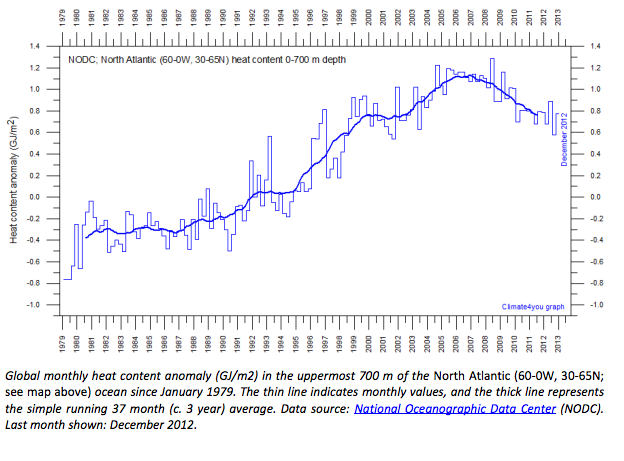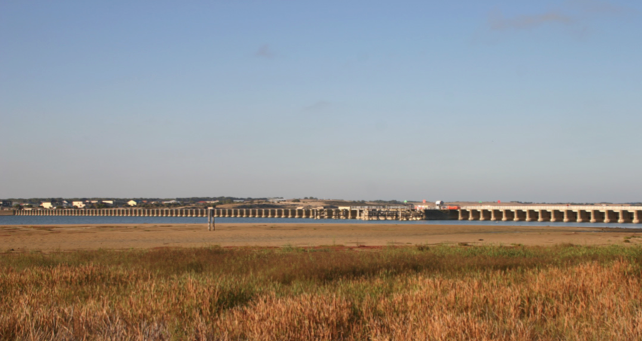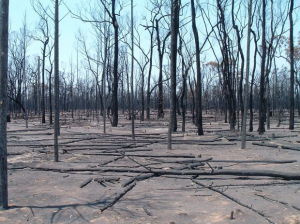“On average, global air temperatures were somewhat below the 1998-2006 average, although
with large regional differences…
“The global oceanic heat content has been rather stable since 2003/2004…
The above quotes and charts are from a monthly newsletter with global meteorological information updated to February 2013:
http://www.climate4you.com/Text/Climate4you_February_2013.pdf
Compiled by
Ole Humlum, Professor of Physical Geography, Physical Geography, Institute of Geosciences, University of Oslo, Norway





 Jennifer Marohasy BSc PhD has worked in industry and government. She is currently researching a novel technique for long-range weather forecasting funded by the B. Macfie Family Foundation.
Jennifer Marohasy BSc PhD has worked in industry and government. She is currently researching a novel technique for long-range weather forecasting funded by the B. Macfie Family Foundation.